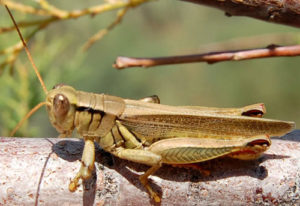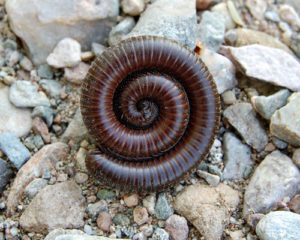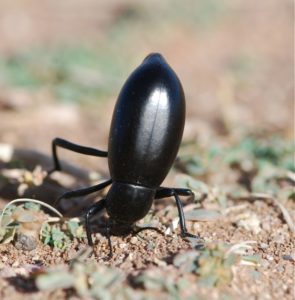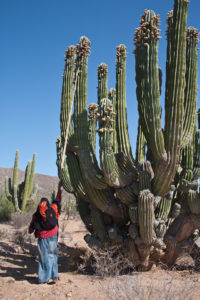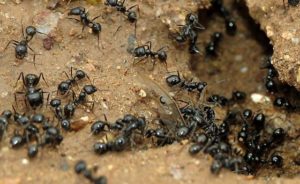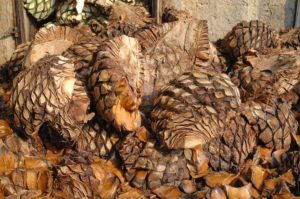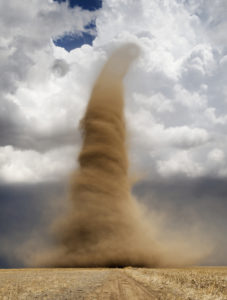Sometimes you look at a Hiaki word in the dictionary and just know there has to be more going on than the English translation reveals, but you’re not sure what. After getting familiar with the way Hiaki words are put together, though, you start to recognize some of the parts, and sooner or later, you can look at a complex word or phrase and see all its inner structure and how it conveys so much more. I just had an experience like that and I got so excited I felt like I had to tell you all about it.
The Molina/Shaul dictionary gives the phrase ko’okosi a aula’apo the translation ‘wound’. It’s more than just one word, though, so this is not a literal translation. Some parts are clearly related to the meaning of hurt or pain– ko’okosi, for example, is an adverb meaning ‘painfully’. But what about the rest?
The phrase has a bunch of parts which we can each see used independently.
Let’s first take the base verb phrase. Ko’okosi aane, literally ‘painfully do’, is one way Hiaki expresses the idea of getting hurt. A mother might say Kat ee ko’okosi aane! to a child going out. This is equivalent to the English Don’t hurt yourself! or Don’t get hurt! but it literally translates to ‘Don’t (kat) you (ee) painfully (ko’okosi) do (aane)!’
The verb aane has a stem form when certain suffixes are attached, which is au-. For example, if you wanted to warn someone against doing something dangerous, you could say Empo ko’okosi aune!, “You will get hurt!”, where the verb aane is combined with the future suffix -ne, ‘will’, and uses its special stem form, au-. So in our phrase above, ko’okosi … au- is ‘painfully .. do-‘, that is, ‘get hurt’.
The au- form is combined with a suffix -la, which is like a present perfect marker. It says that the subject of the sentence has done the activity in the past. For example, in English, if I was talking about different places a musician has performed during his career, I might use the present perfect and say, “Yes, he has played there!” It’s not about a specific event of playing, but rather about the fact that he has performed in that location at some time in the past. In Hiaki, I would use the -la suffix to express this: A’apo ala aman hipponla! “He (a’apo) certainly (ala) has played (hippon-la) there (aman)!”
So in our expression ko’okosi a aula’apo, the ko’okosi .. au-la- part is like ‘has got hurt’.
What about the final –‘apo? The -po suffix by itself means ‘at’ or ‘in’, when it’s attached to a noun. For example, Tucsonpo means ‘in Tucson’. But here it’s attached to a verb, and it has the extra vowel ‘a in front of it. This extra vowel appears when -po is attached to a verb, and it makes the verb phrase into a relative clause meaning ‘where’ or ‘the place that’. A lot of Hiaki place names end in -‘apo and describe a characteristic event or happening at that location. For example, yee mahtawa’apo means “where (–‘apo) people (yee) are taught (mahtawa-)” and is often used to refer to schools. So adding the -‘apo to ko’okosi .. au-la- means, ‘where X has got hurt’.
The last part is the a, in between ko’okosi and aula’apo. This usually would mean ‘him’, as in Inepo aa vichak, ‘I saw him’, or ‘his’, as in aa malawa, ‘his mother’. In relative clauses, the subject of the relative clause usually appears as a possessive, like ‘his’, so I think this a is the subject, and refers to the one who has gotten hurt. If I’m right, the phrase ko’okosi a aula’apo is equivalent to the English phrase “where he has got hurt”.
Ko’okosi a au- la- ‘apo
painfully he do- perf- where
“where he has got hurt.”
(Literally, “Where he has done painfully”)
Now, of course that idea could be expressed by something like ‘his wound’. But it’s really saying so much more than that!
This report is just preliminary — just a quick first pass, based on how these parts fit together in other expressions — and needs to be checked and refined. Please send me corrections or clarifications if you have any! But I just wanted to share it, because it’s so wonderful seeing how the beautiful Hiaki grammar creates words and expressions!


